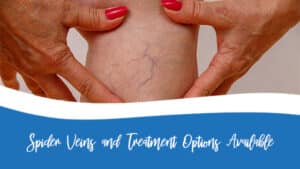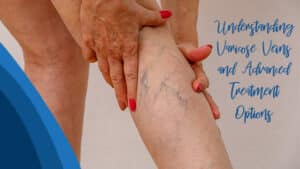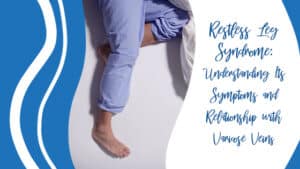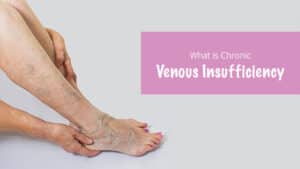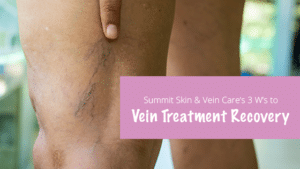Vein health might not be a common topic of daily conversation, but when it comes to our overall well-being, the state of our veins deserves more attention than it usually gets. Varicose veins and spider veins, for example, can not only be unsightly but also cause discomfort and even health risks.
In an age where health advice bombards us from every corner of the internet, separating effective strategies from gimmicks is crucial. This post aims to demystify the clutter and provide actionable insights into improving vein health.
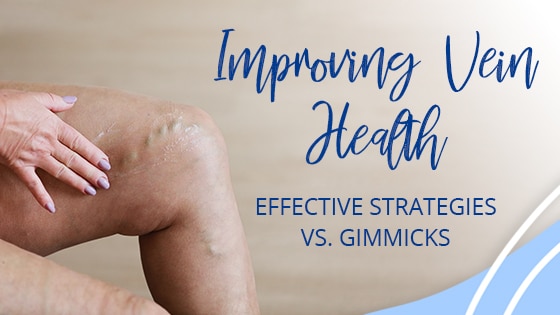 Understanding the Significance of Vein Health
Understanding the Significance of Vein Health
Vein health is often overlooked, but it plays a crucial role in ensuring optimal circulation and overall well-being. Veins are the roadways through which blood travels back to the heart. Healthy veins have valves that act as one-way flaps, preventing blood from flowing backward. When these valves fail, the blood can accumulate, leading to the twisted and bulging varicose veins.
Understanding the significance of vein health is important in preventing conditions such as varicose veins, deep vein thrombosis, and venous insufficiency. Even spider veins, the smaller, web-like cousin of varicose veins, can also be a source of discomfort and self-consciousness.
Factors Affecting Vein Health
As we age, our veins lose their elasticity, which can lead to vein-related problems. Additionally, genetics can also play a role in the development of varicose veins. If your parents had them, you might be at a higher risk of developing them too.
Lifestyle choices can either help or harm vein health. Certain occupations that require prolonged standing can make vein-related issues worse. To improve vein health, it’s essential to adopt effective strategies.
Effective Strategies for Improving Vein Health
There are various methods that have been proven to maintain good vein health, and these strategies can even help to improve your vein health over time. Most of these techniques also have multiple health benefits that go beyond just vein health.
Regular Exercise and Movement
A sedentary lifestyle can be harsh on veins. Regular exercise, particularly movements that work the calf muscles, are essential for good blood circulation. Activities like walking, cycling, and swimming can all be beneficial for the veins in your legs.
Healthy Diet and Hydration
A well-balanced diet rich in fiber can keep your weight in check, reducing the strain on your veins. Staying hydrated also plays a crucial role in maintaining blood volume optimally, which benefits your veins and overall health.
Compression Therapy
Compression stockings or socks can assist the veins and help the blood flow back to the heart. Compression wear can be especially beneficial if you are prone to varicose veins or already have them.
Elevating Your Legs
Elevating your legs above your heart for short periods can relieve the pressure on the veins. This can be a particularly nice treat after a long, tiring day on your feet.
Avoiding Prolonged Sitting or Standing
It is important to find a balance and avoid overdoing sitting or standing. If your job requires prolonged periods of sitting or standing, be sure to take regular breaks and move around.
Vein Health Gimmicks to Avoid
In the quest for quick-fix solutions, many fall victim to gimmicks that promise the world but deliver little. When it comes to vein health, there are no magical potions, and several so-called remedies should be approached with caution.
Quick Fixes and Miracle Cures
Any product that claims to be a miracle fix for vein issues should be met with a healthy dose of skepticism. It’s unlikely that a single cream or gadget can undo years of vein damage or prevent issues altogether.
Unproven Supplements or Treatments
The supplement market is vast, and not every product has evidence to support its claims. When it comes to vein health, focus instead on a balanced diet and possibly specific nutrients like vitamin C or rutin, which are thought to be good for veins.
Seeking Professional Help for Vein Problems
Sometimes, despite our best efforts, vein issues can persist or worsen. In such cases, it’s important to seek the advice of a medical professional who specializes in vein health. There are various treatments available that are safe, effective, and can provide significant relief.
The Summit Skin & Vein Care Difference
At Summit Skin & Vein Care, our team is dedicated to providing the latest, most effective treatments for vein-related conditions. Whether you’re looking for relief from varicose veins, spider veins, or other vein health issues, our experienced professionals can guide you toward the best solution.
Contact us for a free vein screening and learn more about your unique situation. We will review our findings and go over your treatment options. Our goal is to be with you as you journey to healthier veins and skin.
In the end, vein health is an integral part of overall health, and it’s worth the effort to maintain. With a focus on sustained, evidence-based strategies, you can ensure that your veins stay healthy and that you feel confident and comfortable in your own skin. Remember, gimmicks may offer promises, but a commitment to enduring health practices is the real key to vein health.
Contact Summit Skin & Vein Care and don’t wait for discomfort or visible issues to surface. If you’re already struggling with vein-related problems, don’t be nervous and shy away from seeking professional help, there are solutions. Your veins, and by extension, your overall health, deserve the best care possible.
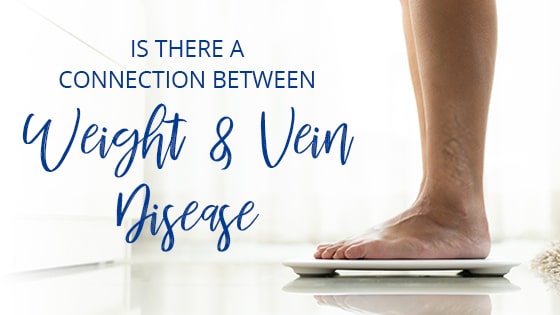 Obesity is a major health epidemic that affects millions of people. While many people are aware of the health risks associated with obesity, such as heart disease, diabetes, and high blood pressure, not as many are aware of its impact on vein health.
Obesity is a major health epidemic that affects millions of people. While many people are aware of the health risks associated with obesity, such as heart disease, diabetes, and high blood pressure, not as many are aware of its impact on vein health.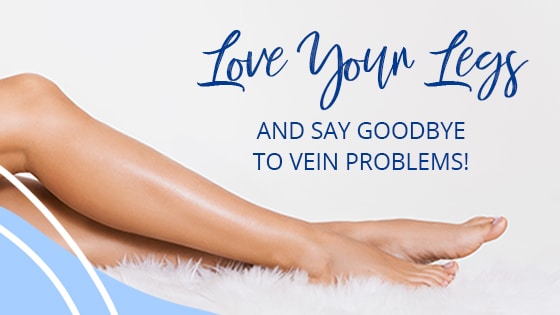
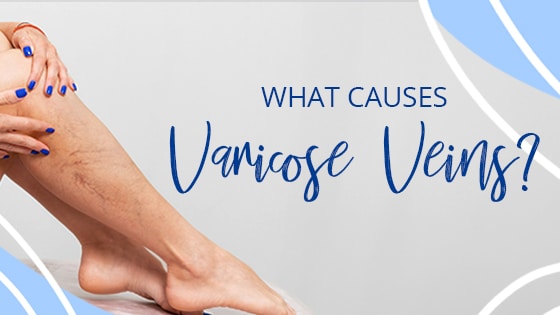 Varicose veins are a common and unattractive condition, but what causes them? It all boils down to weakened vein walls and valves. Normally, the valves in our veins ensure that blood flows toward the heart and does not accumulate or flow backwards. However, when these valves and walls become damaged, blood can start to collect and reflux, which can cause the veins to become enlarged and distorted.
Varicose veins are a common and unattractive condition, but what causes them? It all boils down to weakened vein walls and valves. Normally, the valves in our veins ensure that blood flows toward the heart and does not accumulate or flow backwards. However, when these valves and walls become damaged, blood can start to collect and reflux, which can cause the veins to become enlarged and distorted.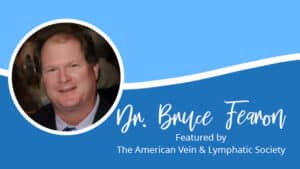 Dr. Fearon’s passion for educating the medical community about venous disease has not gone unnoticed. His hard work and dedication to the field has earned him a well-deserved spot in the
Dr. Fearon’s passion for educating the medical community about venous disease has not gone unnoticed. His hard work and dedication to the field has earned him a well-deserved spot in the 